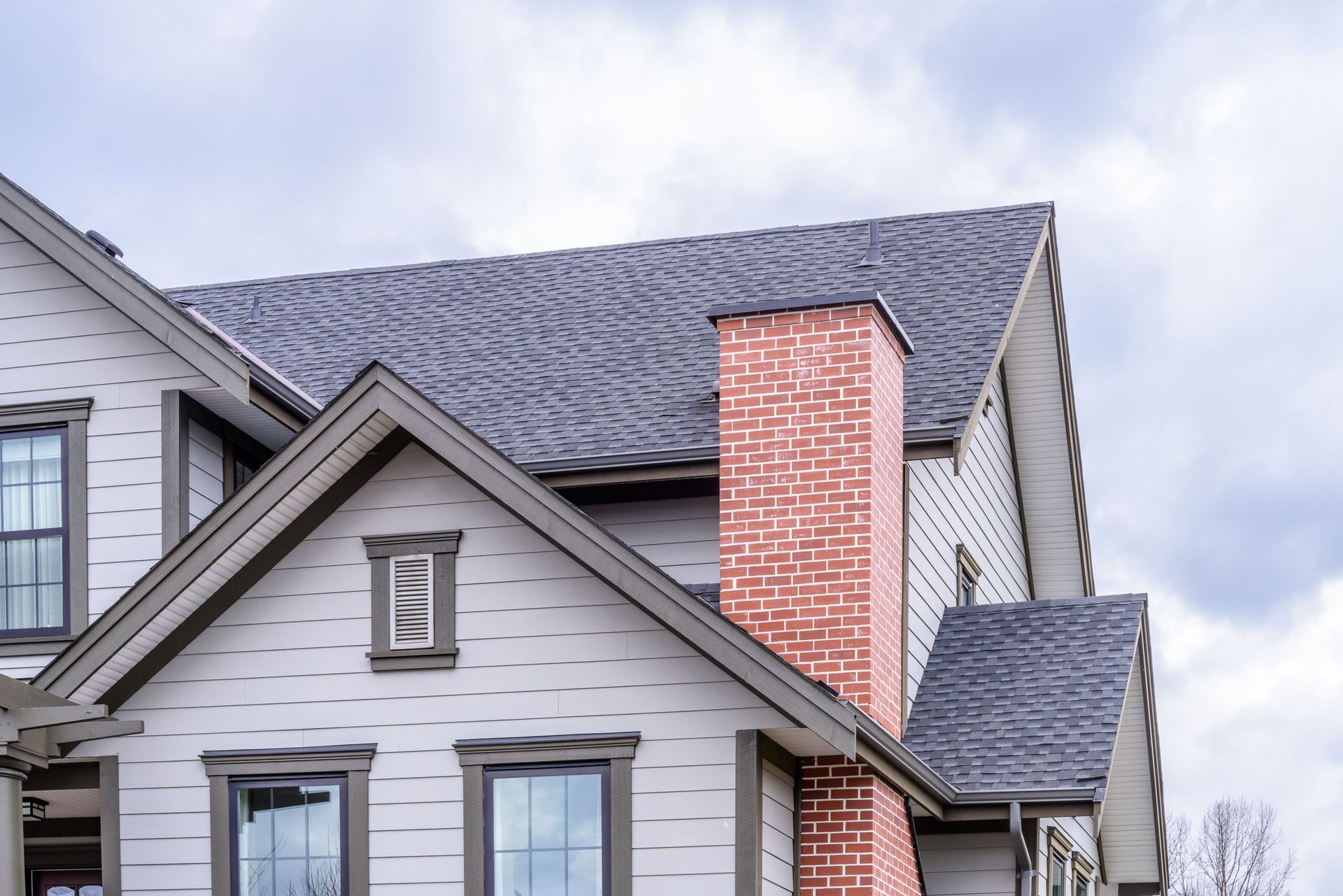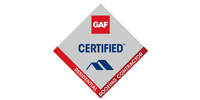What Should the Pitch of My Roof Be?
When designing or renovating a home, one often overlooked yet crucial aspect is the roof pitch. The pitch of your roof impacts not only the aesthetic appeal of your home but also its structural integrity and functionality. An appropriately pitched roof done by a local roofer provides optimal water drainage, energy efficiency, and adapts to local weather conditions. Therefore, understanding the ideal roof pitch for your specific needs and environment is essential.
Consider the Rises
The pitch of your roof is typically expressed as a ratio of the vertical rise to the horizontal span. According to Soltera, most common roof pitches in the United States range from 2/12 to 12/12, meaning the roof rises two to 12 inches for every 12 inches of horizontal run. This range offers homeowners flexibility to choose a pitch that fits aesthetic preferences and practical needs. For instance, low-slope roofs, such as the 2/12 pitch, are often seen in modern-style homes, while steeper pitches, such as the 12/12, are common for traditional or Victorian-style architecture. Your local roofer can assist you in choosing your new roof pitch.
Consider How Your Roof Will Manage Environmental Factors
Choosing the right roof pitch also has implications on how well your roof manages environmental factors. In areas with heavy rainfall or snowfall, steeper pitches are preferred as they can help shed water and snow more effectively, preventing accumulation that could lead to leaks or structural strain. Conversely, flatter roofs might be more suitable for areas with milder weather, where precipitation is less of a concern. Understanding local climate conditions will help guide you to the most efficient roof pitch for maximum durability and performance.
Consider Energy Efficiency
Energy efficiency is another significant consideration when selecting a roof pitch. An optimal pitch can regulate temperature, improving overall energy efficiency of your home. For example, steeper roof pitches allow for better attic ventilation, which can lower cooling costs during summer months. Meanwhile, lower pitches might better accommodate solar panel installations, providing energy savings and environmental benefits.
Determining the right pitch for your roof involves weighing multiple factors, including aesthetic preferences, local climate, and energy efficiency needs. By selecting a pitch that balances these elements, you ensure that your home is not only visually appealing but also structurally sound and environmentally considerate. Whether you opt for a common roof pitch between 2/12 and 12/12 or something more unique, taking the time to make an informed decision will pay off in the longevity and performance of your home. If you're looking for a local roofer for your next roofing project, contact Haralson Roofing today!










Share On: